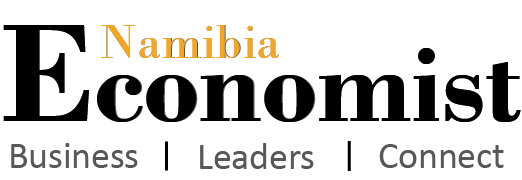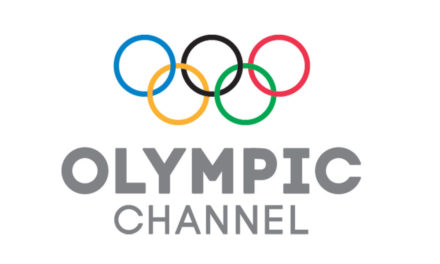
December Business Monitor a whisker away from turning positive

The Business Climate Monitor for December 2017, released this week, shows a mixed bag of improving indicators but most importantly, it confirmed the October inflection point where micro-statistics first started hinting at an economic turn-around.
The index is compiled by IJG Research and mandated by the Institute for Public Policy Research. The respective graphs for November and December 2017 are so similar, only a very close inspection reveals that both curves have moved upwards and closer to the 50-value line.
At the end of December, the overall index has recuperated to 49.37 points, which, in the applied methodology, means it is less than one index point away from turning positive. This happens when the index has a reading of 50 (neutral) or higher (expansion).
“This is the fourth consecutive improvement in the index [and] the longest upward trend since early 2015. The leading indicator increased by 2.6 points in December, closing at 44.13 points,” stated IJG when explaining the significance of the latest monthly move.
Sixteen of the 29 indicators improved during December while 13 deteriorated.
Listing the constraints on the economy, IJG stated that Private Sector Credit Extension continued to slow down during 2017, even after 2016 proved to be a major challenging year. Year on year, PSCE was down 36.4% with nominal growth of only N$4.4 billion for the entire year. Households accounted for 76% of this growth with the remainder going to corporates.
“This shows continued depressed consumer and business confidence, with business not taking on credit for reinvestment and capital expenditure,” IJG explained.
The considerable slowdown in new credit was to a very large extent, the consequence of an imploded new vehicle market over a two-year period. Sales slumped another 20.1% in 2017 after taking a 26% dive in 2016. The statistics show that vehicle dealers have lost almost half of their market since 2015.
“This is due to lower government spending, the depressed consumer and business environment, as well as stricter credit conditions and high household indebtedness,” stated IJG.
Those indicators that drove the index up are mostly related to mining and agriculture. Copper prices rose by 30%, uranium by 17% and gold by 14%.
Namibian uranium production was up 23% and diamond production grew by 15%.
Livestock marketed rose by an astounding 43% after 2016’s protracted slide.













































